HP Veer 4G Review - Getting Us Excited for Pre 3
by Brian Klug on June 7, 2011 5:01 PM EST- Posted in
- Smartphones
- HP
- AT&T
- Palm
- veer
- webOS
- HSPA+
- Mobile
- HP Veer 4G
The only downside of the Veer is that it’s clear HPalm had to make a few design tradeoffs to make such a small device. It’s pretty easy to illustrate the tradeoffs by just looking at all four sides of the Veer.
The Veer sticks to pretty much the same button placement as the Palm Pre. On the left side is the volume rocker, which is one continuous chrome button. Volume up and down are slightly mushy but nothing to complain about.
Up at the very top is a small port for a lanyard, and inside there is the port for dual-microphone noise cancellation in calls. To the right of that is a small black strip, even on the white colored Veer.
This strip is the SIM card slot cover, and pries off with a thumbnail. The SIM is held in place with a standard click-in, click-out mechanism that gets the job done. To the right of that is the vibrate and silence switch, and lastly the power button which straddles the right side.
Where things get unique is on the right side of the Veer. If you’ve been paying attention, you’ll notice that absent from the Veer is a microUSB or 3.5mm headphone jack.
The Veer instead uses a proprietary magsafe-like connector with five pins for supplying both audio out and USB. There are two ferromagnetic metal pieces on either side which mate up with permanent magnets on the supplied USB cable and 3.5mm headphone jack adapter.
The result is that the Veer itself thankfully isn’t magnetic (and thus does not attract metallic particles, keys, and the like when in the pocket), but the cable and headphone jack both do.
Both connectors don’t interfere with the slide open mechanism, and the USB cable doesn’t interfere with comfortable typing. It’s obvious to me that the port was positioned as far up on the Veer as possible and not dead center so that there’s as little interference with holding the phone and typing when either accessory is connected.
The downside of this tradeoff is that to charge the Veer, you need to bring the cable along. Honestly, I’d prefer a microUSB adapter that lets people use existing hoards of microUSB cables, car chargers, and AC adapters over a cable. Further, in European markets where microUSB is a standard, it seems that such a dongle will have to be supplied, likely in conjunction to the entire cable assembly.
The Veer also uses the same proprietary port to supply its 3.5mm headphone jack. This is accomplished with the use of a small dongle that likewise magnetically attaches to the side of the Veer.
The 3.5mm headphone jack works fine, though the dongle’s size is slightly larger than the USB connector - it’s slightly thicker to accommodate the whole port. The connector is also a bit stiff, and as a result plugging and unplugging headphones the first couple of times is best accomplished by taking the dongle off and removing rather than inserting and ejecting while mated to the Veer. I did manage to break the detachable cable I was using in my Sony MDR-NC50 headsets, but that's more a function of the fact that the cable was loose and very close to death. Just be warned, the Veer's headphone jack is stiffer than most.
To be completely honest, the headphone jack adapter probably will be the thing most Veer owners lose first in part due to its very small size. If you’re going to get a Veer and are keen on listening to lots of music with it, you’re probably better served by purchasing a pair of bluetooth headsets with A2DP and AVRCP support. The adapter is nice to have but ultimately something that increases the size of the Veer when attached and is just one more thing to carry around. Obviously you can’t charge the Veer when the headset adapter is connected either, unless you use a touchstone charger.
So what about the device itself? Build quality on the Veer is very good, it’s obvious to me at least that HPalm now has learned how to make a device with slide-out keyboard that doesn’t have any “Oreo effect” like that which plagued the original Palm Pres. The slider is completely solid and has virtually none of the aforementioned flex in any direction. It decisively slides open and closed with a firm spring assisted mechanism that nice controlled friction. It feels precise and crisp sliding open and shut. As a result, it’s easy to flip the Veer open with one hand and proper thumb placement on the display lip or center surface.
One of the problems I had with the Palm Pre Plus (and before it, the Palm Pre) was that when sliding the phone open quickly, the screen would exhibit obvious LCD distortion from pressure at the corners. This was extremely unnerving, and no doubt leads to excessive fatigue and premature display failure. None of that happens on the Veer, which is another plus. I can’t find any fault with the slider mechanism at all, which gives me hope for the Pre 3’s slider being equally awesome and sturdy.
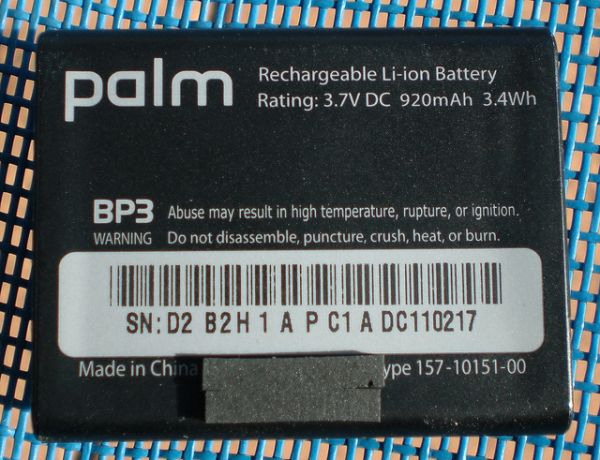
HP Veer's internal battery - Photo Licensed with Permission from WebOS Internals Veer Disassembly
To preserve its small size, the Veer’s battery is internal and not user replaceable, and it’s on the small side as well, at just 910 mAh, or 3.4 Whr. This is reasonably comparable to the Pixi’s 1150 mAh battery, but still just short. There’s no obvious way to take the Veer apart, as the backside is one solid piece of plastic, and there are no visible screw holes or plastic snap tabs. That’s another tradeoff - you get an extremely small device with excellent build quality, but lose the ability to remove the back case and do replace the battery. I think for this form factor the tradeoff is a valid one. As we’ll show shortly, battery life really is surprisingly good on the Veer.
On the backside at the top left are the camera and speakerphone grille. Likewise, gone is the Palm branding, in its stead is the HP logo and beneath it AT&T. I find it a bit depressing that the Palm brand is now nowhere to be found (even the boot logo is a glowing HP logo), but that’s entirely HP’s perogative.
You might be wondering where the FCC and regulatory iconography went, since there’s no longer a battery door to hide it under.
Slide the Veer open and the answer presents itself. The serial, part number, IMEI and FCC ID are all laser etched into the mirrored back surface of the display assembly. Palm has been consistent about preserving this back mirrored surface on the slider, which does some double duty for framing self portraits (not MySpace angle shots).
The front of the Veer is one continuous glass surface, the bottom area retains capacitive touch detection for WebOS’ gesture area. More on the display in a moment. Up at the top is the Veer’s tiny chicklet-like headphone grille. I’m reminded of the Nokia N900’s similarly tiny speaker grille when I look at the Veer’s. I always had a tough time aligning my head with the N900 speaker since the area was so small, but by virtue of the Veer itself being small, it’s much easier to center the Veer up with the auditory canal than the N900. Despite being small, earpiece volume and quality doesn’t take a hit either.


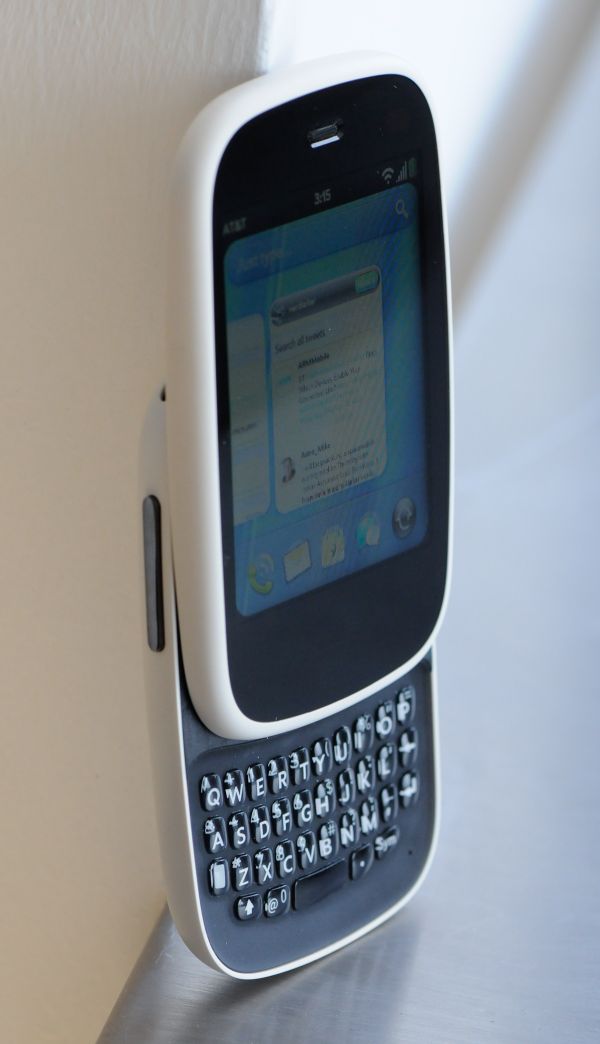
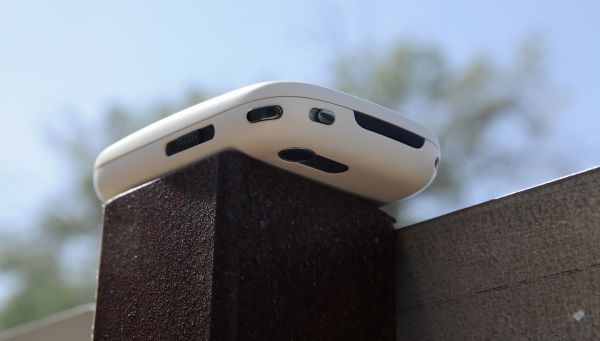


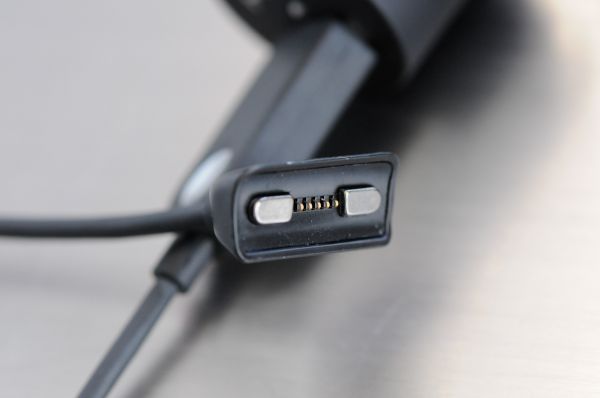

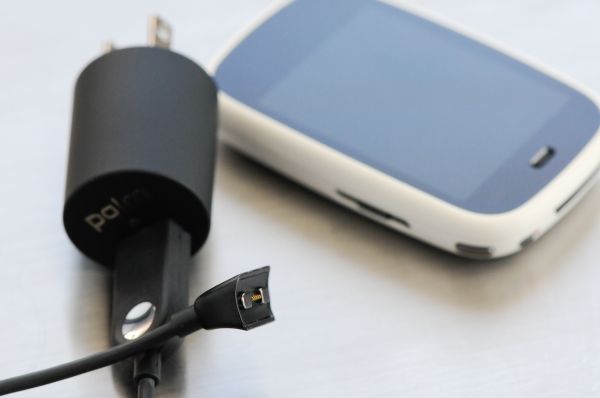
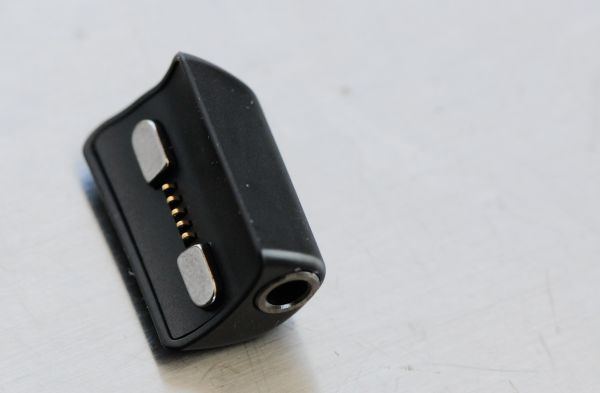
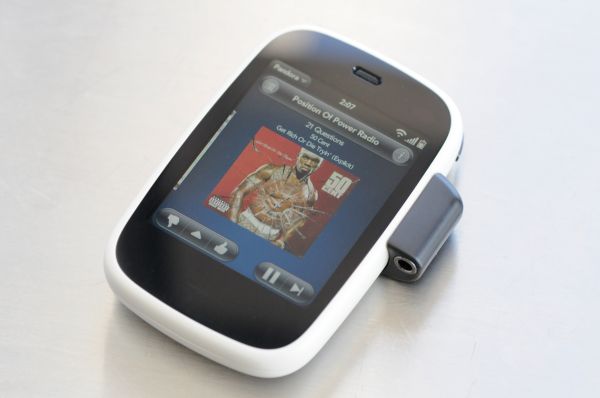
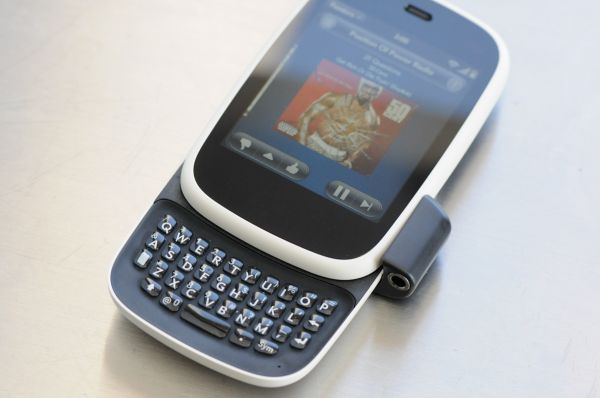
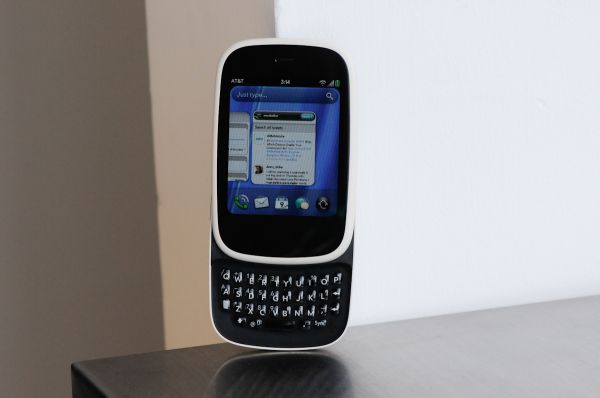

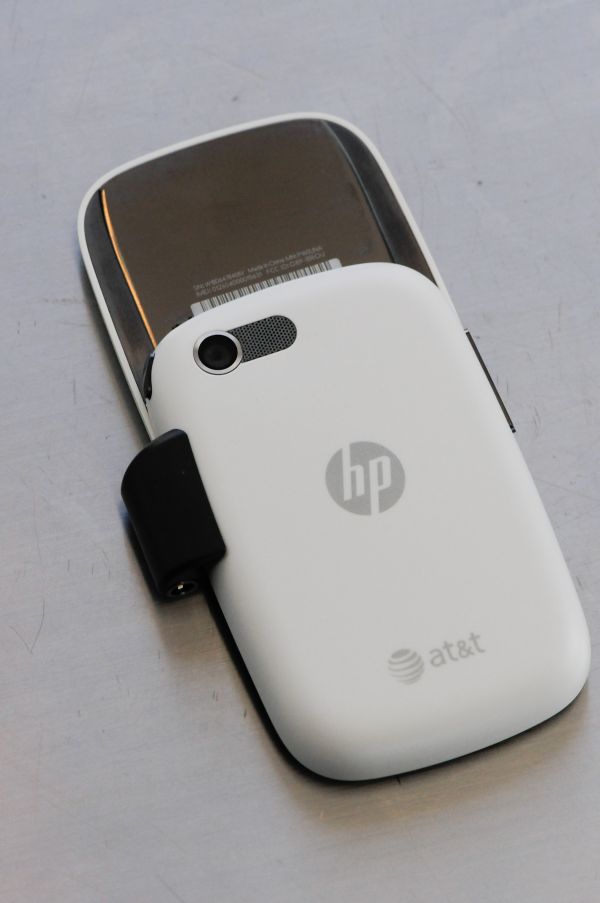
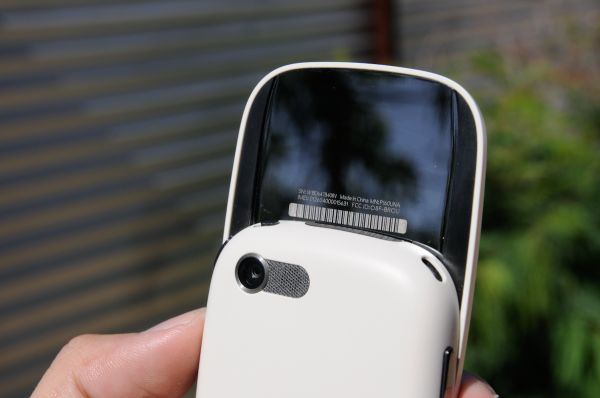









25 Comments
View All Comments
peskypescado - Tuesday, June 7, 2011 - link
I have been a webOS user for a couple of years now and I can tell you that the Touchstone definitely charges _significantly_ faster than the same AC charger just plugged into the phone via microUSB. I'm not sure exactly why, but it is consistently faster on both of the Pre's we have at my house. For me, it is a bigger benefit for why I use a touchstone than the convenience of just being able to set my phone down.Brian Klug - Tuesday, June 7, 2011 - link
Interesting - I mean that definitely bears itself out in the results. I originally ascribed the differences to just charging management, but there definitely seems to be something said for the touchstone charging faster. I'll see if I can find more.-Brian
Johnmcl7 - Tuesday, June 7, 2011 - link
I'm guessing as SE devices rarely seem to get mentioned here that they're just not available in the US? Their X10 Mini Pro is a very similar design and size to the Veer although I think SE's design is better in a few ways, they've gone for a horizontal slider (or whichever way round it is when you turn the phone 90 degrees to use the keyboard) which gives more room and makes for a better keyboard. The keys are well spaced and have a solid 'click' when pressed so that despite its size it works well, better in fact than some of the bigger qwerty devices I've used. The X10 Mini Pro has a 3.5mm port onboard and a micro USB port (for data and charging) plus the back is removable to get access to the user-replaceable battery and has expandable storage through microSD.Unfortunately it's also an ARM11 SoC although it's driving a small screen compared to other smartphones, SE's customisation on top of Android is a bit messy in places as well although in general performance isn't bad. The phone seems to have had reasonable appeal, it's particularly popular amongst my female friends looking for a small phone to slip in a handbag/pocket.
John
Penti - Wednesday, June 8, 2011 - link
Yes they have, but the SE X10 Mini Pro isn't a fluid phone in regards to performance and it's not that hard to use the gd 3.5 mm adapter you snap on, or a USB-charger & data cable both included in the box. It's not that you can't use those.However the X10 Mini Pro is or was available directly from SE, or from Verizon and AT&T. So on. But the new Xperia Mini Pro should come any day. And it's hardly the only cell phone with a slide out keyboard.
As a Swede I would just say stay away from SE basically. They are not up to the task and un-updated software is just a pain. I wouldn't want to use timescape either. It's basically in regard to the X10 mini a phone even too weak for Angry birds.
The guys working in Lund for SE would probably do a lot better job at one of the Chinese manufacturers any way. Nobody in China will miss their factories either. It's virtually a collapse business and has been for years any way. Seriously they are not competitive, and in the states you got stuff like Motorola Milestone/Droid and Droid 2, and so on that's popular instead I guess. The SE's might fit the people who only text and so on. But that misses the point, and it's overpriced and old legacy stuff by now.
Johnmcl7 - Thursday, June 9, 2011 - link
Of course it's not the only phone with a slide out keyboard but it's one of the few that's so small. As a non-Swede I think the advice to stay away from SE odd, there's not many phones like the X10 Mini Pro and it has the Veer beat in just about every way going despite the SE being a much older phone. I haven't seen these 'fluid' problems you mention and the phone is popular amongst my female friends.John
Penti - Friday, June 10, 2011 - link
It's an abandoned phone by now any how. If the Xperia Mini Pro will be any good I don't really know, but it can't be worse and is out any day.As I Swede I'm proud of Ericsson and so on in the telecom industry, they are good and successful, still have manufacturing in Sweden for that matter, but simply not SE. SE is one of the failed mobile brands to begin with, they sell roughly half as many phones as 2007, they are among the ones that have gone bad together with Motorola which collapsed al together but with products looking strong even though they are at about 20% of their 2007 volume and less then that of their 2006 volume (which are just begin to sell again in Sweden mind you at least they are looking up), LG that has stopped growing, SE isn't that respected. Something like Motoblur I would probably prefer over Timescape as it's less intrusive. SE has really screwed up with their software and launcher. I'm fine with running the stock UI and launcher, but you don't really have that choice from mentioned brands.
But hey, at least the new Mini Pro doesn't look like it's from <2009.
It's however a common problem with games and other software lagging on the X10 Mini Pro. The UI has pretty much constantly had performance problems. I.e. not being fluid. (Doesn't mean all users experienced it or that they experienced it over all time they had the phone.) They have messed it up so many times on the firmware side. It's simply not recommended for smart phone usage here.
However a slim company like SE with no software expertise or manufacturing expertise and not much to speak of wouldn't be a loss if they disappeared. They are just building phones with Qualcomm chipsets and not contributing much, they need to pick up if they want to continue delivering phones. They might manage to do it with their revised software on Gingerbread+ but that remains to be seen.
A X10 Mini Pro is however about the same size like something like this HP Veer though, or other non-keyboard smartphones for that matter (X10 Mini non-pro is the one that sold here in Sweden and that Three etc peddled.). I simply wouldn't recommend the X10 Mini to anybody for that matter. 320x240 is simply not suitable for smart phones. The new model will also be a 3" phone although about the same physical size so it's not really that significantly smaller then any other phone. Smaller then the Desire Z and equivalents yes. Old device is simply not in the same league as this HP Veer or most smart phones, small or large. New Xperia Mini Pro however looks much improved. Not saying HP Veer is a feature phone replacement for the same crowed however. SE's device is clearly trying to grow up though. But at 320x480 is still aimed at low-end users.
Not that I like using Android in landscape mode however. I think a vertical slider is much better in most cases, however on phones like N900, E7 (Nokia) I would prefer the landscape mode and keyboards. However if you like an Android with horizontal keyboard there is lot of others to choice from other then SE, I did think about buying one even though the X10 Mini wasn't in question then do to it's software troubles. Anywhere from Motorola, Samsung, LG or a few other devices in the unites states, where you often have branded devices like T-mobiles (HTC) G1 and G2 and MyTouch series. I don't see SE filling a space there really even though it's sold by the operators and stores there. While here in Europe we haven't seen as many choices.
jnmfox - Tuesday, June 7, 2011 - link
"...still thicker..., which is perhaps an even more important criteria for female shoppers.""Whether the Veer goes in the front pocket or is small enough to make it into the back pocket is ultimately a matter of clothing choice and personal preference."
"I will say that it’s refreshing to carry something around that doesn’t weigh my pants down"
robinthakur - Wednesday, June 8, 2011 - link
It's all rather sexist tbh. Lots of men don't want a massive brick of a phone and value a slimline handset that can fit in skinny jeans or tailored jackets without ruining the lines. It's not just a girl thing. This often seems to come up on tech sites, and seems to assume and imply that all men wear baggy jeans and dress like hobos...HowQuaint - Tuesday, June 7, 2011 - link
I'm coming up on 2 years with an original Pre and it's getting long in the tooth. Seems to "forget" to send me calendar notifications and lock up all the time, plus I've already had to replace the battery. I've been thinking about tossing it out a window and getting a nice Android device or maybe even a dumbphone, but HP might woo me back if Pre 3 (or even Veer) won't have these reliability issues. It's somewhat disheartening to see they still haven't learned their lesson with not having enough options, for example I get poor cell coverage at work so turning off 3G might keep the phone from draining its battery on a daily basis. The funny thing is that despite all the hate for the original hardware, mine has actually been pretty robust -- I'm more of a fan of the hardware than of WebOS and never experienced the wobbly keyboard issues.Lt.PorkyPine - Tuesday, June 7, 2011 - link
I also have made my original pre for 2 years. I love the OS and have had only minor hardware troubles. Had to have my pre replaced one. I hope to get the pre 3 so long as it comes to sprint. I'm very excited about the new hardware and 2.0.Hopefully HP can start to bring regular hardware updates to the webOS platform. It will also help if the comments from HP about licensing webOS to 3rd party hardware makers like HTC and Samsung are true.